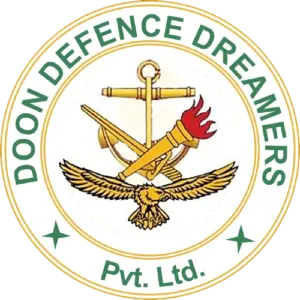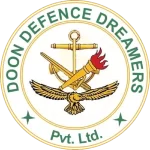List of Important Formulas of NDA Mathematics for NDA Exam 2023
The Mathematics section of the NDA (National Defence Academy) Exam requires a strong understanding of concepts and formulas. To excel in this section, it is essential to have a comprehensive knowledge of important formulas. In this article, we will provide a detailed list of important formulas of NDA Mathematics that will aid you in your preparation for the NDA Exam 2023. 1. Algebra Formulas: – Quadratic Formula: The solutions for the quadratic equation ax^2 + bx + c = 0 can be found using the formula x = (-b ± √(b^2 – 4ac)) / 2a. – Binomial Theorem: (a + b)^n = nC0 * a^n * b^0 + nC1 * a^(n-1) * b^1 + nC2 * a^(n-2) * b^2 + … + nCn * a^0 * b^n, where nCk represents the binomial coefficient. – Arithmetic Progression (AP) Formulas: The nth term of an AP is given by tn = a + (n – 1)d, where a is the first term and d is the common difference. 2. Trigonometry Formulas: – Pythagorean Identities: sin^2θ + cos^2θ = 1 and tan^2θ + 1 = sec^2θ. – Sine and Cosine Rules: In a triangle ABC, the sine rule states that a/sinA = b/sinB = c/sinC, and the cosine rule states that c^2 = a^2 + b^2 – 2abcosC. – Trigonometric Identities: Some important identities include sin(A ± B) = sinAcosB ± cosAsinB, cos(A ± B) = cosAcosB ∓ sinAsinB, and tan(A ± B) = (tanA ± tanB) / (1 ∓ tanAtanB). 3. Geometry Formulas: – Area of Triangle: The area of a triangle can be calculated using the formula 1/2 * base * height or Heron’s formula: Area = √(s(s-a)(s-b)(s-c)), where s is the semi-perimeter and a, b, c are the lengths of the sides. – Perimeter and Area of a Circle: The perimeter of a circle is given by 2πr, and the area is given by πr^2, where r is the radius. – Volume and Surface Area of 3D Shapes: Formulas for the volume and surface area of shapes like cubes, cylinders, spheres, and cones should be memorized. 4. Calculus Formulas: – Derivative Rules: Important derivative rules include the power rule (d/dx[x^n] = nx^(n-1)), product rule (d/dx[uv] = u’v + uv’), and chain rule (d/dx[f(g(x))] = f'(g(x))g'(x)). – Integration Formulas: Some common integration formulas include ∫kdx = kx + C (where k is a constant), ∫x^n dx = (x^(n+1))/(n+1) + C (for n ≠ -1), and ∫e^xdx = e^x + C. 5. Probability Formulas: – Probability of an Event: Probability is calculated as the number of favorable outcomes divided by the total number of outcomes. – Addition and Multiplication Rules: The addition rule states that P(A or B) = P(A) + P (B) – P(A and B), and the multiplication rule states that P(A and B) = P(A) * P(B|A). 6. Statistics Formulas: – Measures of Central Tendency: Mean = sum of observations / total number of observations, Median = middle value in a sorted dataset, and Mode = the most frequent value. – Measures of Dispersion: Range = maximum value – minimum value, Variance = sum of squared deviations from the mean divided by the number of observations, and Standard Deviation = square root of variance. Conclusion: Understanding and memorizing the important formulas of NDA Mathematics is crucial for performing well in the NDA Exam 2023. Along with formula memorization, ensure that you practice applying these formulas to solve a variety of mathematical problems. Regular practice, along with a solid understanding of concepts, will strengthen your mathematical skills and increase your chances of success in the NDA Exam. Best of luck with your preparation!
List of Important Formulas of NDA Mathematics for NDA Exam 2023 Read More »







